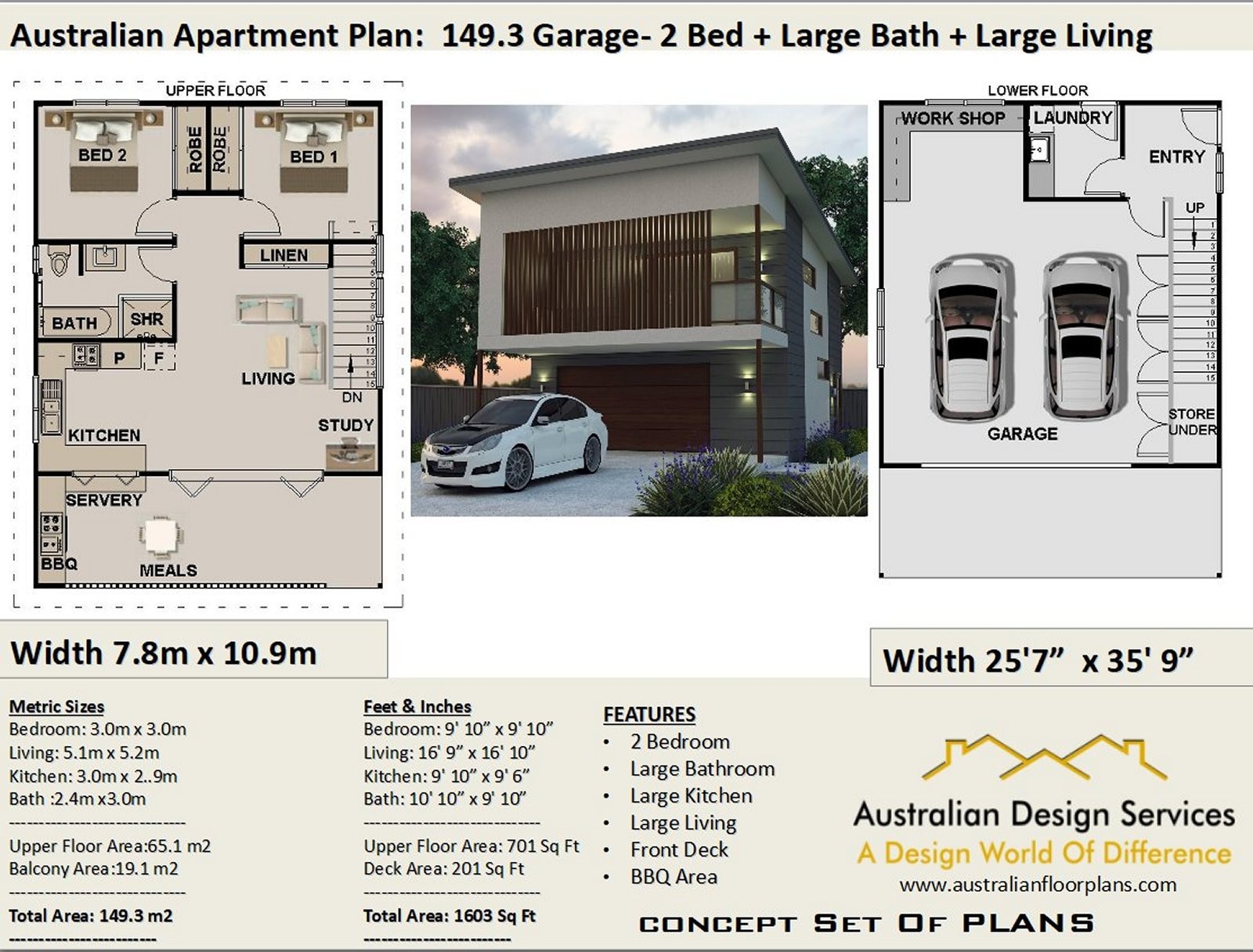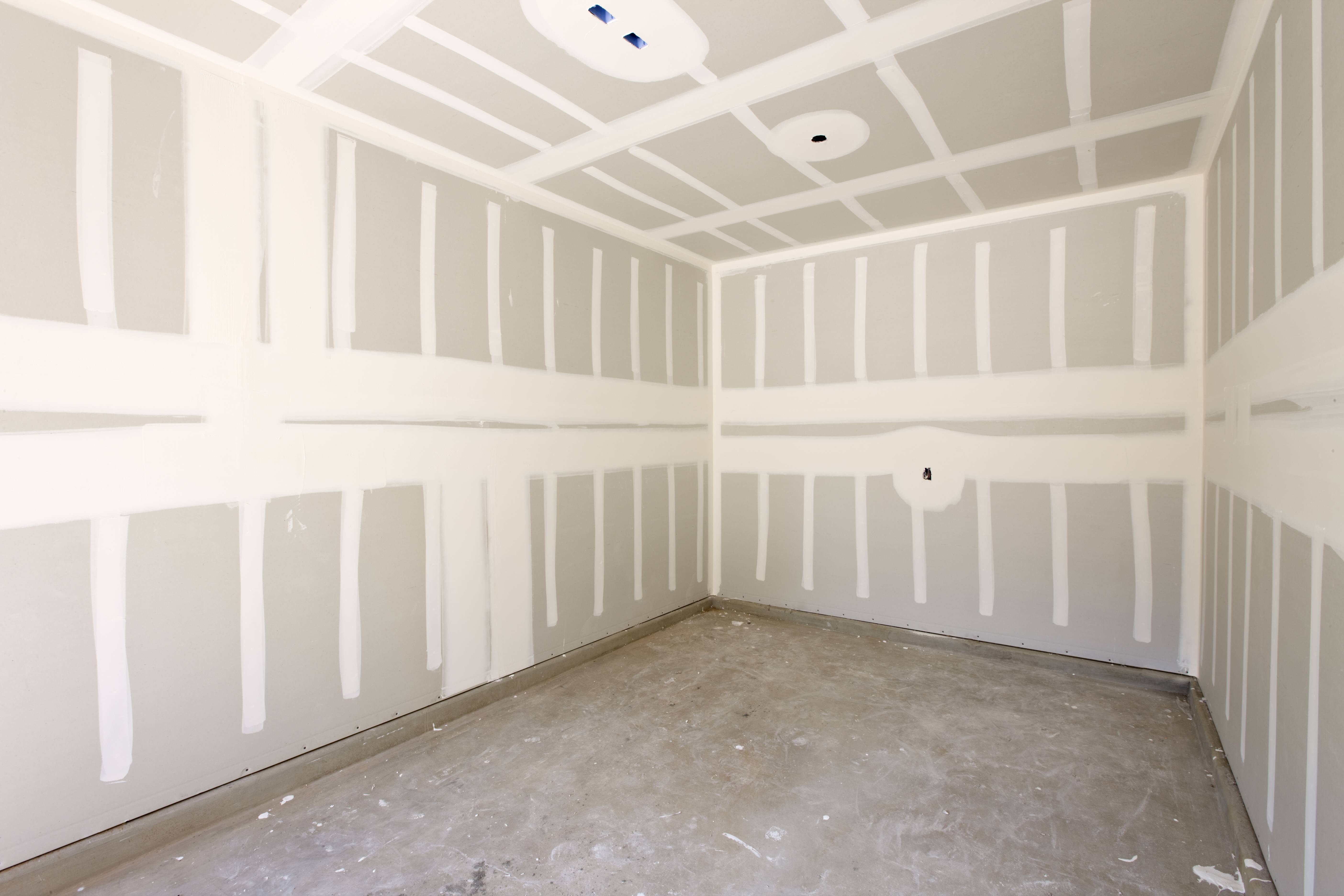
Garage door cable are a vital component of your garage door system and without them the door would not open. They attach to your springs and help counterbalance the door and apply the right tension. Your garage door can go off-track if one of its cables breaks.
It is possible for your cable to snap or break. A Loveland garage door expert may be able to help you. The cables attach to your garage door's bottom. They run up to the drums, where springs turn them.
The cables are made from strands of wire that are twisted together and are given ratings to show how much weight they can carry. This rating is important as it will let you know if the springs can take the load.

Residential doors have a standard rating of 3/32" - 1/8" diameter, while commercial garage doors have a rating for 5/32", 3/16", 1/4", or 3/4" depending on how heavy they are and what type of lift they are. To get a customized length for a garage door, you will need to measure all the cables, loops, stops, and thimbles before ordering.
Torsion cables
The standard torsion garage cable has a plain loop end and a sleeve which hooks around the bottom bracket. An outer stop end fits into the groove in the cable drum. Non-standard torsion cables are designed for rear torsion, full vertical lift, or high lift applications. They must be calculated using garage doors engineering software before ordering.
Stainless Steel Cables
These cables are typically used on box trucks and should be made of stainless steel. They must also be extremely durable and can withstand elements such as moisture, salt, and general wear.
Garage door tilt up
A tilt-up garage door is an attractive and popular addition to many homes. They are available in many styles and can be made of steel or wood.

They are very simple to operate and can easily be installed by an experienced technician. However, they require regular maintenance and scheduled visits from a professional to keep them working correctly.
Keeping Your Garage Door Cables In Good Condition
All garage door cable systems need to be inspected regularly and should be lubricated from time to time. The friction caused by a lack of lubrication on the pulleys, rollers and other parts can make them work harder. This can cause your system to last less time.
Clogged tracks: If your tracks have not been cleaned in awhile, they might be clogging with dirt and debris that can cause your garage door to open unevenly. This could cause your garage door opener's lifespan to be shorter and make it work harder.
FAQ
What does it cost to tile a shower?
If you want to do it yourself, go big. A full bathroom remodels an investment. When you consider the long-term benefit of having a beautiful space for many years, it is a smart decision to invest in quality fixtures and materials.
The right tiles can make a huge difference in how your room looks and feels. We have a guide that will help you pick the best tiles for your room, whether you are planning a minor or major renovation.
First, you need to choose which flooring material you want. There are many options for flooring, including ceramics, porcelain, stone and natural wood. Next, choose a style such as a classic subway tile or a geometric pattern. Next, choose a color palette.
It is important to match the tile to the rest in a large bathroom remodel. You might choose white subway tiles in the bathroom and kitchen, but use darker colors in other rooms.
Next, calculate the project's size. Is it time to upgrade a small powder area? Or would you rather add a walk-in closet to your master suite?
Once you've determined the project's scope, visit local stores and check out samples. This allows you to get a feel and idea for the product as well as its installation.
Online shopping is a great way to save on porcelain tiles and ceramics. Many retailers offer free shipping and discounts on bulk purchases.
Are you able to spend $30000 on a kitchen renovation?
You can expect to pay anywhere from $15000-$35000 for a kitchen overhaul, depending on how much money you have available. For a complete renovation of your kitchen, you can expect to pay over $20,000. However, if you want to update appliances, replace countertops, or add lighting and paint, you could do it for under $3000.
Full-scale renovations typically cost between $12,000 and $25,000. However, there are ways to save without sacrificing quality. An example is to install a new sink rather than replacing an existing one that costs around $1000. You can also purchase used appliances at half of the cost of new.
Kitchen renovations take longer than other types of projects, so plan accordingly. It doesn't make sense to start work on your kitchen when you realize half way through that time is running out.
The best thing is to get going early. Start by looking at different options and getting quotes from contractors. You can then narrow your choices by price, availability, and quality.
After you have found potential contractors, get estimates and compare prices. The lowest-priced bid isn't always the best choice. It is important to find someone with the same work experience as you who will provide a detailed estimate.
Add all costs to the final cost. These could include labor costs, permits, and material charges. You should be realistic about what you can spend and stick to your spending budget.
Be honest if you are unhappy with any bid. If you don’t like the first bid, let the contractor know and offer to give it another chance. Don't let your pride prevent you from saving money.
How can I tell if my home needs to be renovated or remodelled?
First, look at how recent your home has been renovated. A renovation might be in order if the home has not been updated for some time. If your home appears brand-new, you might consider a renovation.
The second thing you should check is whether your home is in good condition. A renovation may be necessary if your home has holes in its drywall, cracked wallpaper, or missing tiles. However, if your home looks great, then maybe it's time to consider a remodel.
The general condition of your home is another important factor. Is the structure sound? Do the rooms look clean? Are the floors clean? These are vital questions to ask when you decide which type of renovation should be done.
How much would it cost to gut a home vs. how much it cost to build a new one?
Gutting a home removes everything inside a building, including walls, floors, ceilings, plumbing, electrical wiring, appliances, fixtures, etc. This is usually done when you are moving into a new home and need to make some adjustments before you move in. The cost of gutting a home can be quite expensive due to the complexity involved. Depending on the job, the average cost of gutting a home is between $10,000 and $20,000
A builder builds a home by building a house frame-by-frame, then adds doors, windows, doors and cabinets to the walls. This is typically done after purchasing lots and lots of lands. Building a home is typically cheaper than renovating, and usually costs between $15,000-30,000.
It comes down to your needs and what you are looking to do with the space. If you are looking to renovate a home, it will likely cost you more as you will be starting from scratch. If you're building your home, however, you don't have to tear everything down and start over. You can design it yourself, rather than waiting for someone else.
What's included in a complete kitchen remodel?
A complete kitchen renovation involves more than simply replacing the sink and faucet. Cabinets, countertops, appliances and lighting fixtures are just a few of the many options available.
A full kitchen remodel allows homeowners to update their kitchens without having to do any major construction. The contractor and homeowner will be able to do the job without any demolition, which makes the project much easier.
Renovating a kitchen can involve a range of services including plumbing, heating and cooling, painting, and even drywall installation. Depending on the extent of the kitchen remodel, multiple contractors may be required.
It is best to work with professionals who have experience in kitchen remodeling. Many moving parts can cause delays in kitchen remodels. DIY is a good option, but make sure to plan ahead and have a back-up plan in case something goes wrong.
Why remodel my home when I can buy a brand new house?
While it's true that houses get less expensive each year you still need to pay the same price for the same square footage. You may get more bang for your buck but you still have to pay for extra square footage.
It's cheaper to maintain a house without much maintenance.
Remodeling instead of buying a brand new home can help you save thousands.
Remodeling your current home can help you create a unique space that suits the way you live. You can make your house more comfortable for yourself and your family.
Statistics
- Windows 3 – 4% Patio or backyard 2 – 5% (rocketmortgage.com)
- 57%Low-end average cost: $26,214Additional home value: $18,927Return on investment: (rocketmortgage.com)
- Following the effects of COVID-19, homeowners spent 48% less on their renovation costs than before the pandemic 1 2 (rocketmortgage.com)
- 55%Universal average cost: $38,813Additional home value: $22,475Return on investment: 58%Mid-range average cost: $24,424Additional home value: $14,671Return on investment: (rocketmortgage.com)
- According to a survey of renovations in the top 50 U.S. metro cities by Houzz, people spend $15,000 on average per renovation project. (rocketmortgage.com)
External Links
How To
How to Install Porch Flooring
While installing porch flooring is straightforward, it takes some planning. Before installing porch flooring, you should lay a concrete slab. But, if you don’t have the concrete slab available, you could lay a plywood board deck. This allows you to install the porch flooring without making an expensive investment in a concrete slab.
Before installing porch flooring, you must secure the plywood as the subfloor. Measure the porch width and cut two pieces of wood to fit the porch. These strips should be placed along both sides of the porch. Next, nail the strips in place and attach them on to the walls.
Once the subfloor is secured, prepare the area for the porch flooring. This involves typically cutting the top layer from the floorboards to fit the area. The porch flooring must be finished. A common finish is a polyurethane. You can also choose to stain your porch flooring. You can stain your porch flooring more easily than applying a clear coating. All you need to do is sand the stained area after applying the final coat.
Once these tasks have been completed, you can finally put the porch flooring in place. Begin by marking the location for porch flooring. Next, cut your porch flooring to the desired size. Then, fix the porch flooring to its place using nails.
Porch stairs can be added to porch flooring to increase stability. Porch stairs are made of hardwood, just like porch flooring. Some people prefer to have their porch stairs installed before their porch flooring.
Once your porch flooring is installed, it is time for the final touches. First, remove and replace the porch flooring. Then, you will need to clean up any debris left behind. Remember to take care of the dust and dirt around your home.